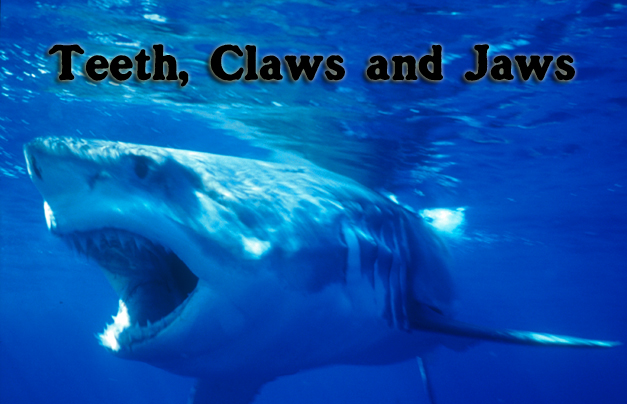


©
Copyright 2008 Stephen Brunson
Award Winning - Limited Edition
Signed Photography for sale by Stephen Brunson
Digital stock photography for publication, commercial use and all other media
for sale.
Click on picture for more detail
GWS016
SDS005
DOL030
TF036
SDS009
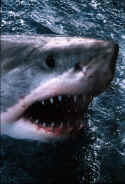
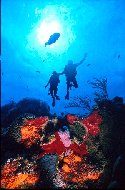
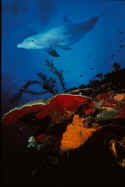
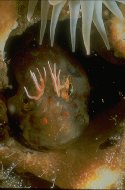
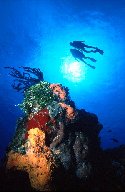
GWS031
DOL006
CN003
TF003
GWS032



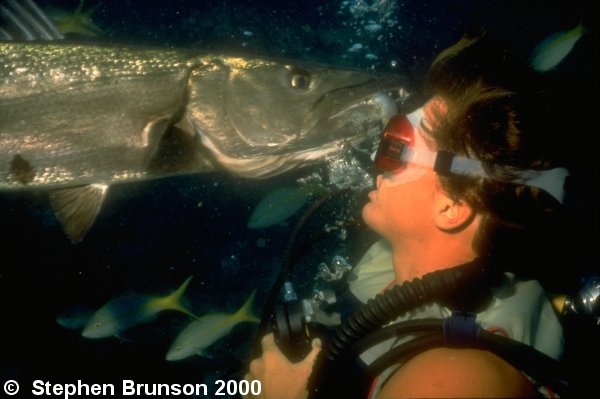

GWS001
GWS007
GWS012
GWS013
GWS005





SH006
SH002
SH008
DOL001
MR007





SDS004
SDS002
SH0011
SDS003
SDS006
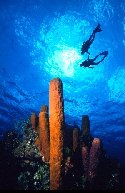
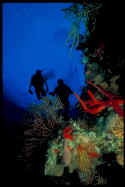
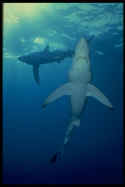
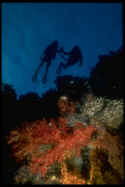
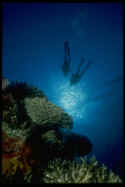
TF022
AC007
TF020
AC008
AC002





SL011
WS003
TUR002
SBS005
SH005





SL014
AC012
SBS014
SDS010
DOL021
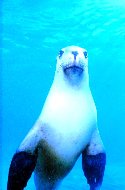
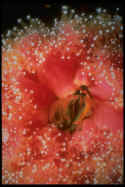
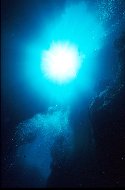
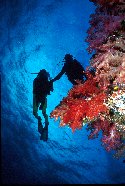
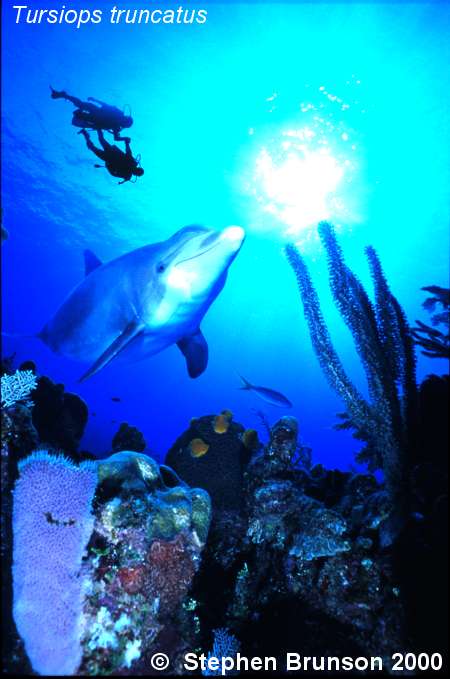
Click here to see Teeth, Claws and Jaws, a 5 minute
video by Steve Brunson about the inhabitants and predators of the seas.
This film was featured in the 2006 37th annual San Diego Underwater Film Festival
by the San Diego Underwater Photographic Society at the Scripps
Institute of Oceanography Theater.









